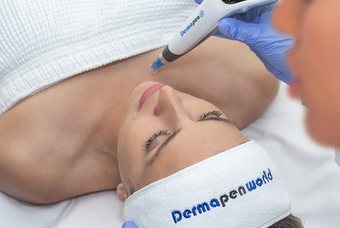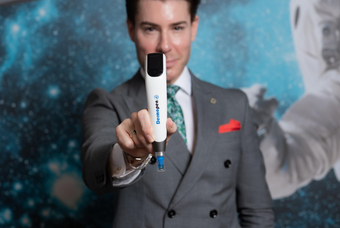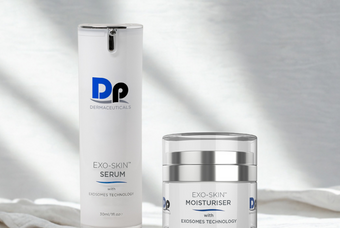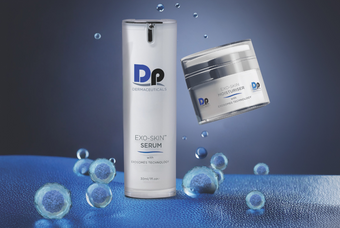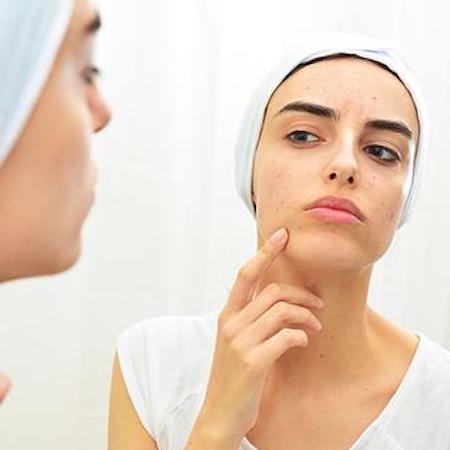 To know how contain and maintain acne, it’s important to know what acne is.
To know how contain and maintain acne, it’s important to know what acne is.
Acne occurs when the sebaceous oil-producing glands in the skin are infected or inflamed due to bacteria, changes in hormone levels, or lodged dead skin cells. Combatting acne effectively requires treatments and products that address bacteria, control oil, and remove dead skin cells. Treatments like facials and microdermabrasion are excellent for containing acne. However, if you suffer from acne, you know that acne scars (caused by improper removal of pimples or cystic acne) can be just as frustrating as acne itself. Luckily, there is also a solution for that in the form of microneedling, a procedure where tiny needles penetrate the deep layers of the skin to promote formation of healthy, new collagen, a process that smooths out skin’s appearance, tone and texture, helping to eliminate scars.
If you have invested time and money into your skincare routine to reduce acne and breakouts, using the right products and getting professional procedures (facials, peels, microdermabrasion, microneedling, etc.), acne maintenance is very important to keep your skin healthy and to get the best results out of your next appointment.
The time period after any aesthetic skin care procedure is crucial for upkeep because not only is your skin at its best, it is also at its most vulnerable and sensitive.
Keeping skin clean is the name of the game and in addition to a good cleanser, you’ll want to use a gentle yet effective disinfectant, like CliniPrep™. This product is wonderful for minimizing bacteria while allowing your skin to properly heal. Because it comes in an easy-to-use spray, a few spritzes throughout the day – especially as the temperatures continue to rise – will do wonders in keeping your skin clean and clear.
Disinfection means going one step further to ensure that your skin is at its optimum health. This goes not only for your skin, but also anything that comes in contact with your face, like your cell phone, headphones, makeup, and hands. Keep disinfectant handy to apply whenever you’re at risk for bacteria exposure. Wipe your phone down a few times a day to reduce the chances for jawline acne, and keep your hands clean – you’d be surprised how many times a day we touch our faces!
Another helpful tip is to disinfect and clean makeup brushes prior to using them on freshly treated skin. When makeup is applied, dead skin cells are absorbed into the brush, adding to gunk congestion on your brush with every application. After a detoxifying facial treatment, the last thing you want to do is put your dirty makeup brush on your face, spreading bacteria and promoting breakouts. It is worth noting that after time, makeup collects bacteria and can cause irritations and infections. A good rule of thumb is toss out liquids after six months and powders after two years, and clean your brushes once a month.
How to clean makeup brushes simply: In a bowl, combine warm water with a few drops of dishwashing soap, and soak brushes one to two at a time for 10 minutes, changing the water between sets. Rinse with warm water. Lay flat on a clean towel to air dry overnight.
Limiting sun exposure is also key to prevent breakouts after a procedure. Your skin is healing and exposed so any direct contact with the sun will encourage inflammation and cellular DNA breakdown, which are hotbeds for acne. Protect yourself with daily application of SPF 30+, like CoverRecover™.
To learn more about CliniPrep™, click here.
To learn more about CoverRecover™, click here.


